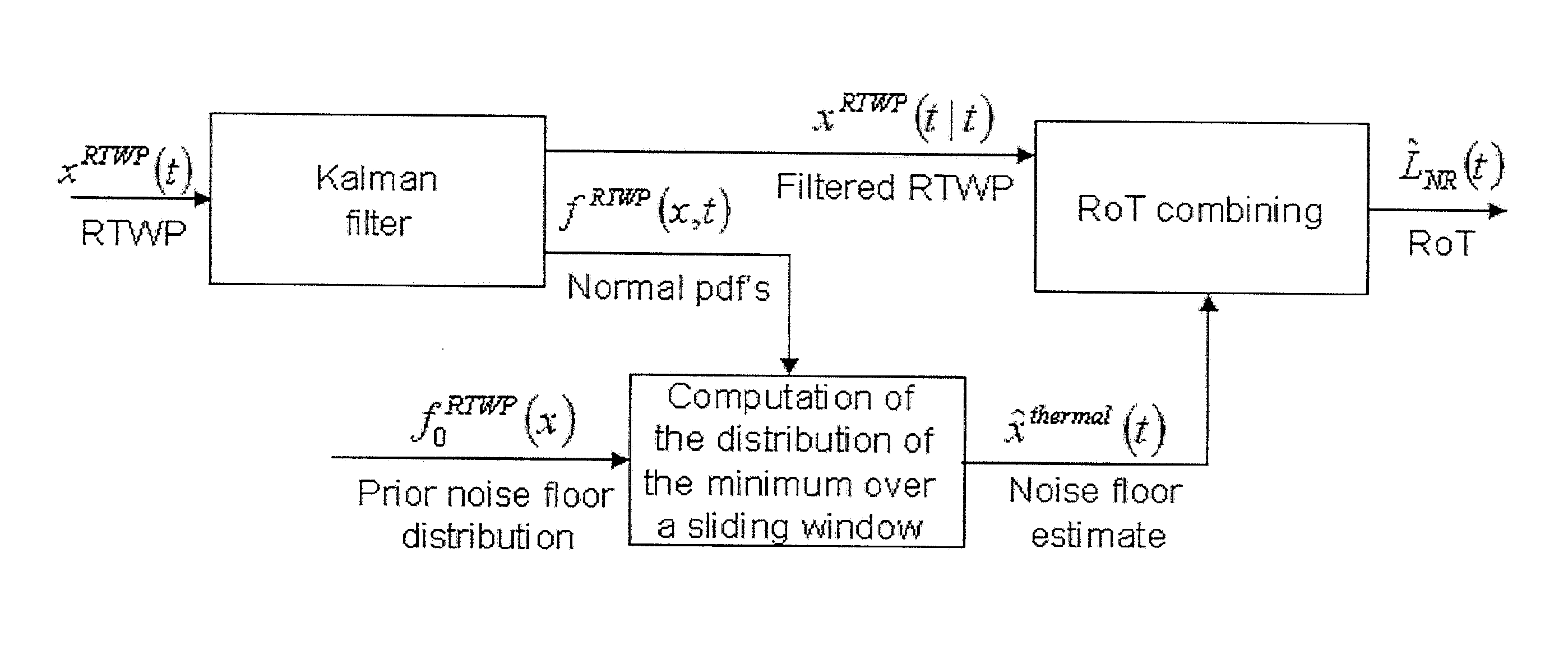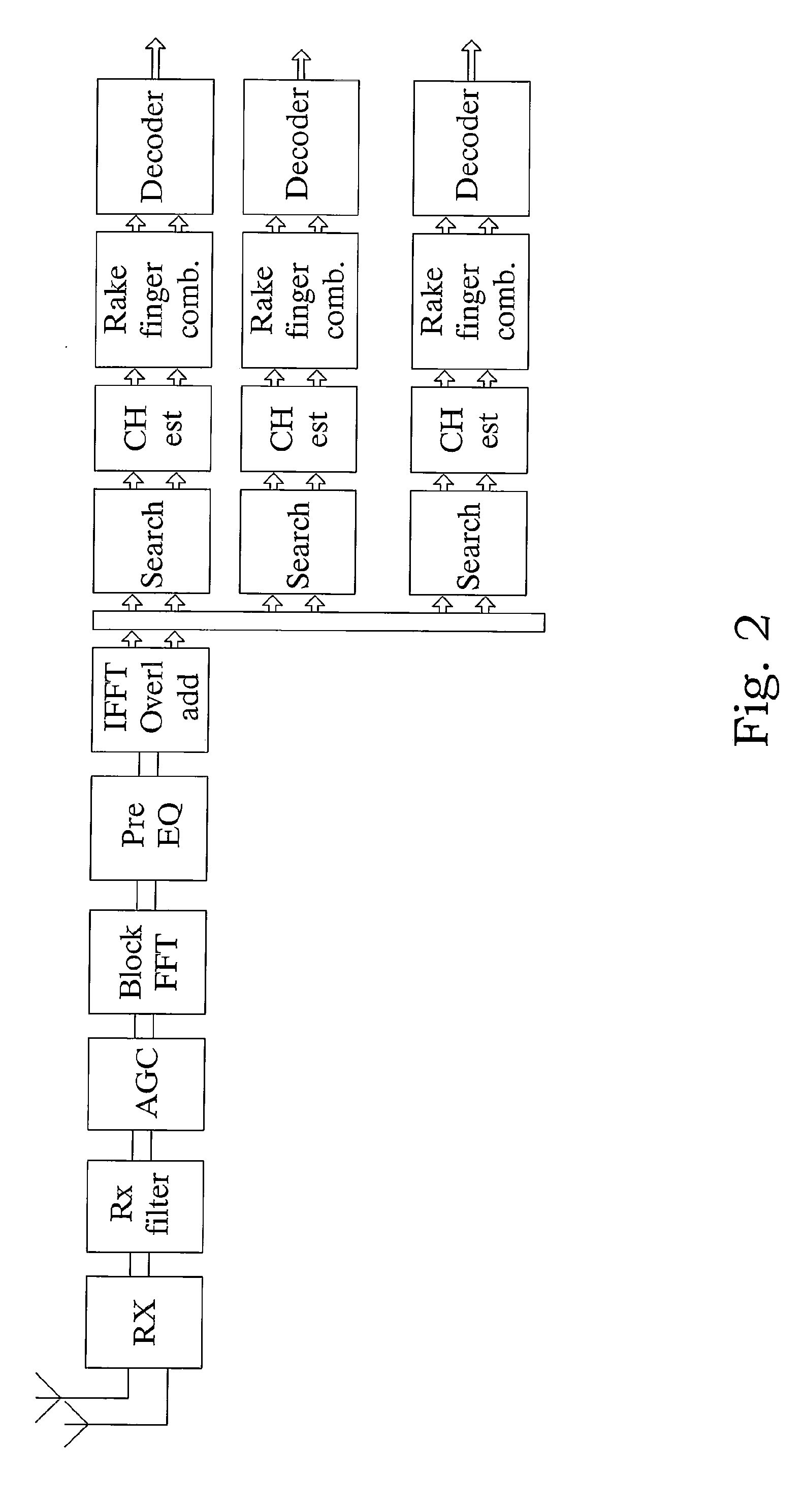Method and Arrangement for Load Management in Heterogeneous Networks with Interference Suppression Capable Receivers
a heterogeneous wireless communication and receiver technology, applied in the field of load management in heterogeneous wireless communication systems with interference suppression capable receivers, can solve the problems of increasing interference, severe limits to performance, and difficult air interface load interaction, and achieve the effect of enabling load measuremen
- Summary
- Abstract
- Description
- Claims
- Application Information
AI Technical Summary
Benefits of technology
Problems solved by technology
Method used
Image
Examples
Embodiment Construction
[0028]Throughout the drawings, the same reference numbers are used for similar or corresponding elements.
[0029]The present disclosure is described in the context of a WCDMA wireless communication system. In particular, the disclosure concerns the impact of the introduction of interference suppression capable receivers in such systems on load measurements and congestion control e.g. interference congestion control, in such systems. Examples of interference suppressing receivers that are important for the present disclosure include a plurality of linear receivers, e.g. G-rake+ (generalized rake+), FDE (frequency domain equalization) and FDPE (frequency domain pre equalization) receivers.
[0030]The inventor has identified the need for providing load measures after interference suppression processing in IS capable receivers e.g. G-Rake+, FDPE, FDE receivers, as well as a need for utilizing those load measures in order to effectively control admission.
[0031]For prior art receivers without...
PUM
 Login to View More
Login to View More Abstract
Description
Claims
Application Information
 Login to View More
Login to View More - R&D
- Intellectual Property
- Life Sciences
- Materials
- Tech Scout
- Unparalleled Data Quality
- Higher Quality Content
- 60% Fewer Hallucinations
Browse by: Latest US Patents, China's latest patents, Technical Efficacy Thesaurus, Application Domain, Technology Topic, Popular Technical Reports.
© 2025 PatSnap. All rights reserved.Legal|Privacy policy|Modern Slavery Act Transparency Statement|Sitemap|About US| Contact US: help@patsnap.com



